Ministries asked to review proposed changes to Hanoi master plan
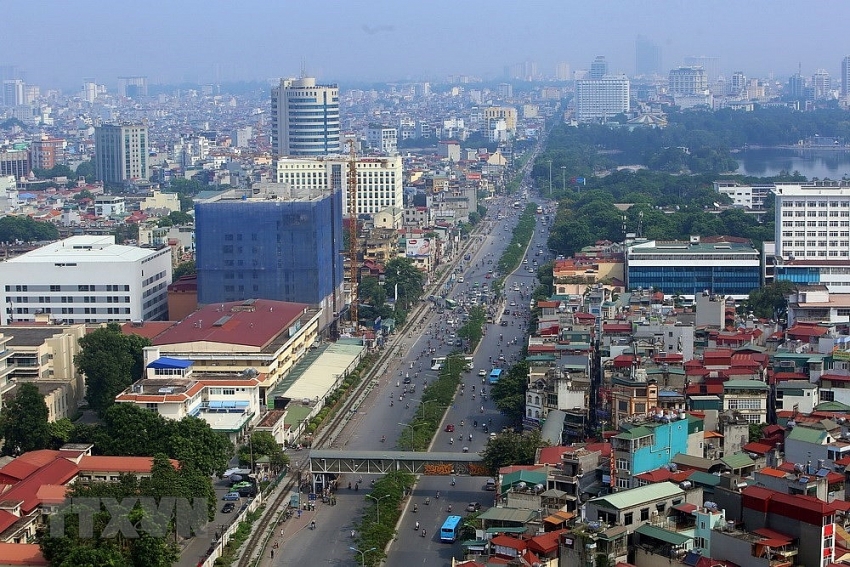 |
| An aerial view of Giai Phong street in Hai Ba Trung district, Hanoi (Photo: VNA) |
The official assigned the Ministry of Construction to coordinate with the Ministry of National Defence, the Ministry of Environment and Natural Resources, and relevant state agencies to appraise the proposal, while making the Hanoi People’s Committee responsible for providing all necessary information and documents related to the proposed changes.
The changes will be made for Dong Anh district’s Xuan Canh, Mai Lam and Dong Hoi communes to create space for the construction of a National Exhibition Centre and auxiliary facilities.
The adjustments will be implemented in accordance with management regulations, which were issued along with the Master Plan approved by the Prime Minister.
Under the Prime Minister’s Decision No.1259/QD-TTg dated July 26, 2011, Hanoi will become a political, cultural, educational, and science-technology hub of the country, as well as a centre for economics, tourism, trade, and services for the Asia-Pacific region.
The capital city will be developed based on a model of urban clusters, with one central urban area and five satellite towns connected to it by a belt-transport system.
The central urban area will be expanded from the city center in four directions, from the enlarged areas to Belt Road 4 in the west and south, to Me Linh and Dong Anh districts in the north, and to Gia Lam and Long Bien districts in the east.
It and the five satellite towns will be separated by green corridors, which will account for 70 percent of the city’s natural areas. The five satellite towns – Hoa Lac, Son Tay, Xuan Mai, Phu Xuyen, and Soc Son – will each have different functions and characteristics.
Their goal will be to support and share demand with the central urban area in terms of housing, training, industry, and services. They will contribute significantly to reducing population pressure on the capital and creating a driving force for socio-economic development.
What the stars mean:
★ Poor ★ ★ Promising ★★★ Good ★★★★ Very good ★★★★★ Exceptional
 Tag:
Tag:
Related Contents
Latest News
More News
- Vietnam ranks 63rd out of 116 countries, regions in English proficiency (November 26, 2024 | 10:30)
- Adult vaccination and shingles prevention in Vietnam (November 22, 2024 | 19:52)
- Hanoi strengthens measures to prevent mismanagement and wastage of public assets (November 21, 2024 | 17:42)
- First international summit on shingles prevention held in Vietnam (November 18, 2024 | 10:00)
- Global education to improve quality of workforce (November 17, 2024 | 08:53)
- “Run for zero violence against women and girls in Vietnam” gets set (November 16, 2024 | 09:39)
- VSF empowers communities through micro-credentials (November 16, 2024 | 09:00)
- Final round of admin reform competition to take place in Hanoi (November 14, 2024 | 12:16)
- Hanoi pilots electronic health record solution (November 10, 2024 | 12:25)
- Vietnamese consumer sentiment outperforms regional averages (November 08, 2024 | 18:00)




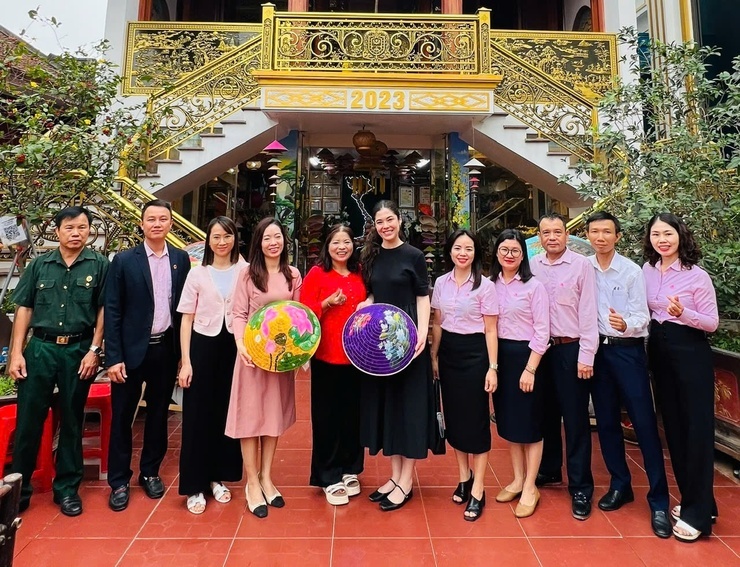
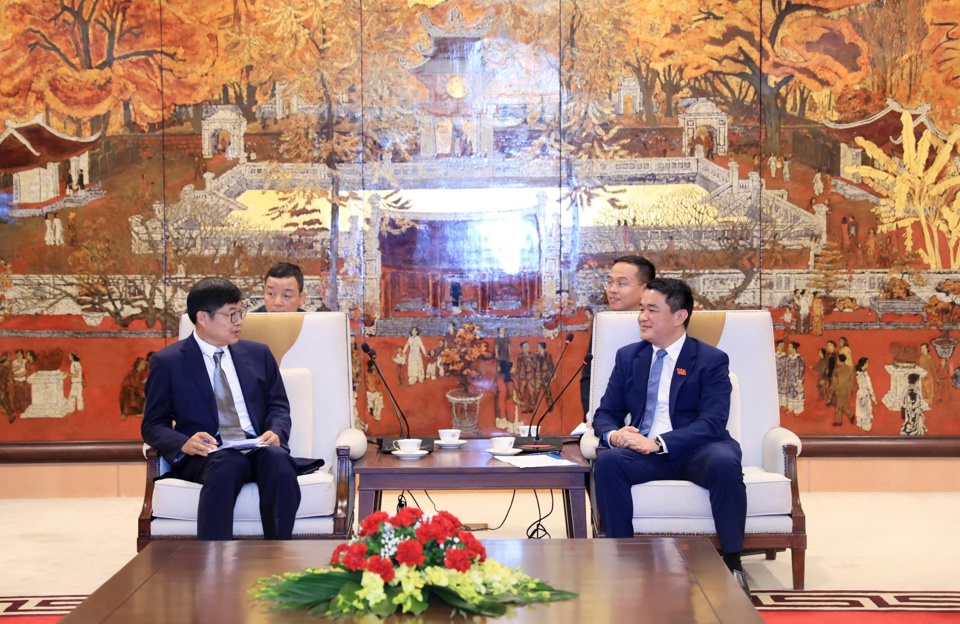

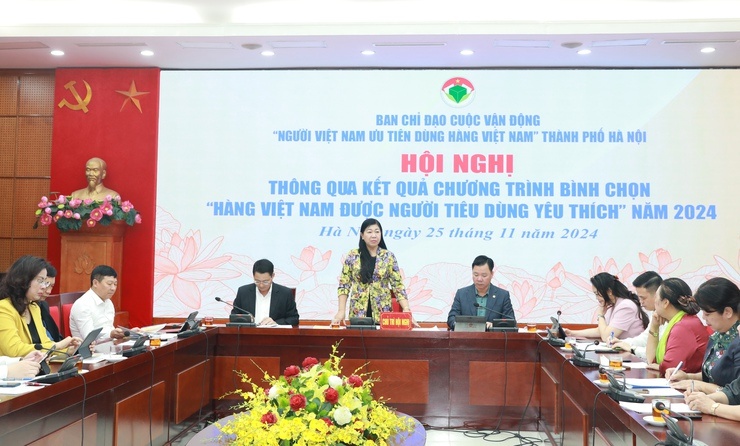

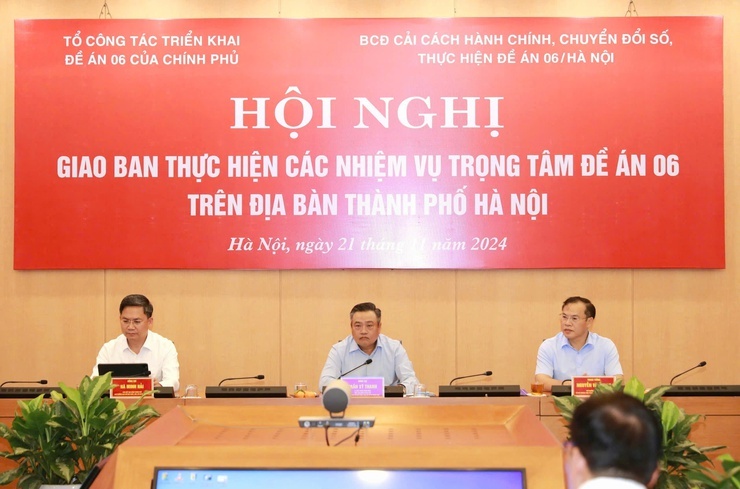

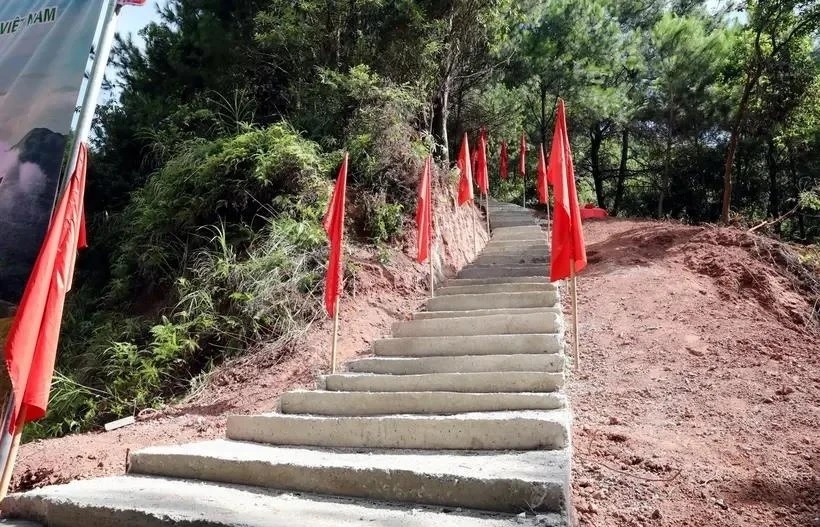
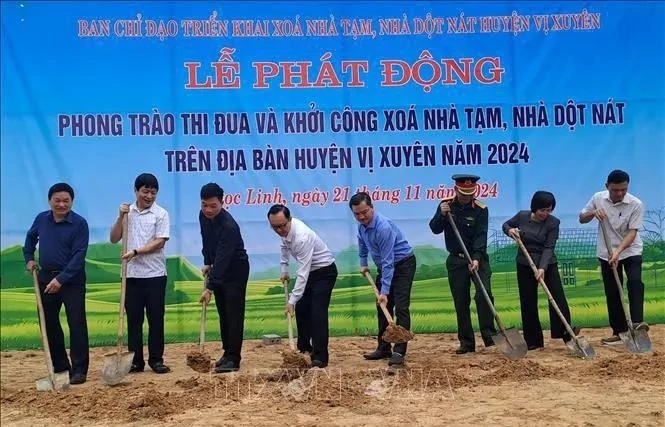







 Mobile Version
Mobile Version